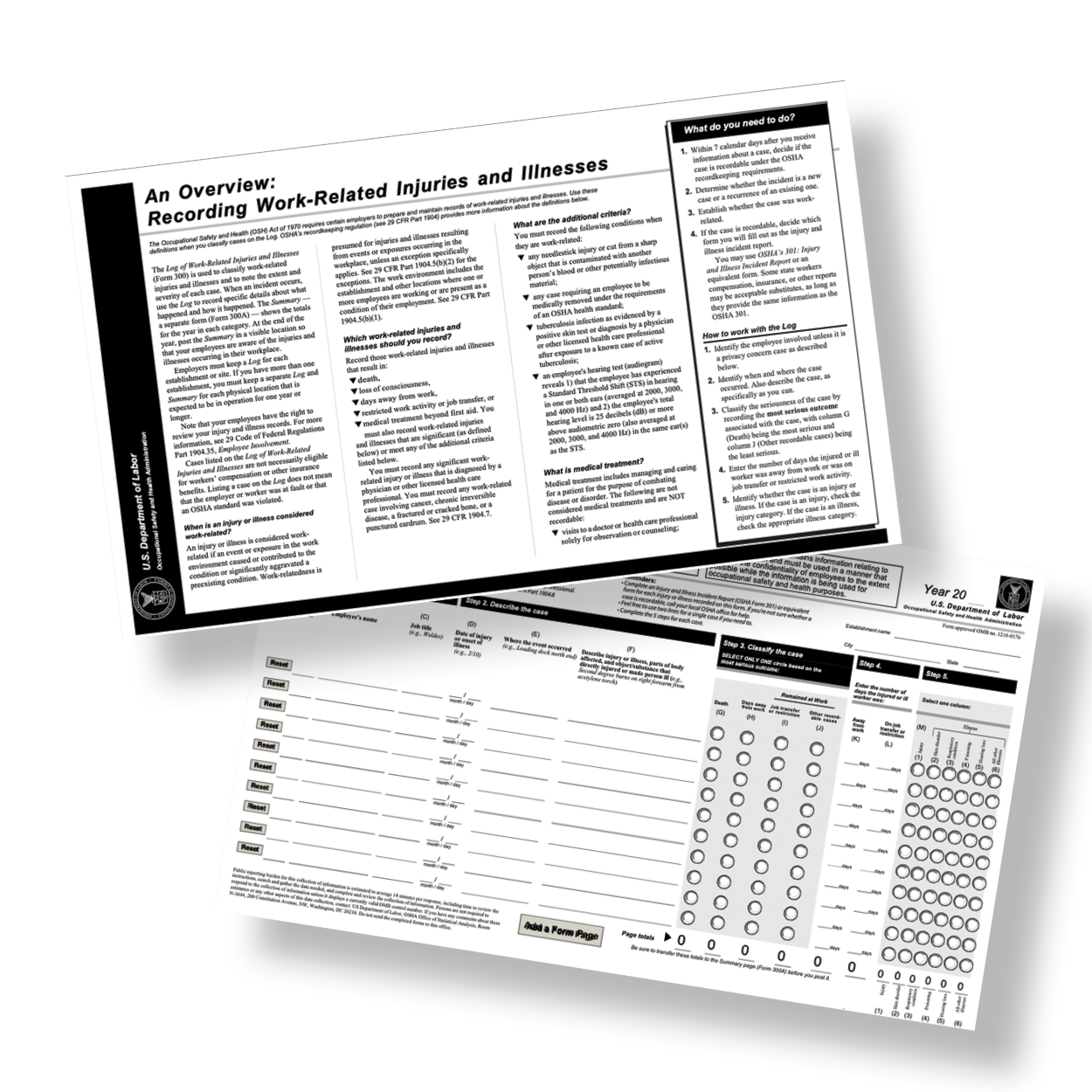U.S. partially lifts tariffs for U.K. steel and aluminum exports

|
The U.S. has partially lifted tariffs for steel and aluminum exports from the United Kingdom. The tariffs were lifted June 1 following an agreement the U.S. reached with the U.K. in March.
The U.K. now can export 500,000 metric tons of finished steel and 900,000 metric tons of aluminum into the U.S. duty-free before tariffs take effect. In return, the U.K. will lift about $500 million worth of tariffs on U.S. products such as whiskey and blue jeans.
The deal eases duties imposed in 2018 by former President Donald Trump, which included 25% tariffs on steel imports and 10% tariffs on aluminum imports as part of a strategy to prioritize domestic production and address an overcapacity of steel in China.
The agreement with the U.K. follows similar deals the U.S. made to ease steel and aluminum tariffs with Japan and the European Union.
The deal also requires U.K.-based steel producers owned by companies in China to undergo a financial audit to evaluate whether there are any market distorting practices that “would materially contribute to non-market excess capacity of steel.” Aluminum shipments are subject to novel “smelt and cast” provisions, and producers must prove products contain no aluminum from Belarus, China or Russia.
“Today’s historic deal ... will benefit America’s steel and aluminum industries and workers by protecting manufacturing, as well as consumers, by easing inflationary pressures in the U.S.,” said Commerce Secretary Gina Raimondo in a March 22 statement. “By allowing for a flow of duty-free steel and aluminum from the U.K., we further ease the gap between supply and demand for these products in the United States.”
OSHA proposes rule to amend occupational injury and illness record-keeping regulation

|
The Occupational Safety and Health Administration has proposed amendments to its occupational injury and illness record-keeping regulation, 29 CFR 1904.41. The current regulation requires certain employers to electronically submit injury and illness information to OSHA. The agency uses these reports to identify and respond to emerging hazards and makes aspects of the information publicly available.
In addition to reporting their Annual Summary of Work-Related Injuries and Illnesses, the proposed rule would require certain establishments in specific high-hazard industries to electronically submit additional information from their Logs of Work-Related Injuries and Illnesses, as well as their Injury and Illness Incident Reports.
OSHA says the proposed rule would improve its ability to use its enforcement and compliance assistance resources to identify workplaces where workers are at high risk and increase transparency in the workforce.
The proposed rule would:
- Require establishments with 100 or more employees in certain high-hazard industries to electronically submit information from OSHA Forms 300, 301 and 300A to OSHA once per year.
- Update the classification system used to determine the list of industries covered by the electronic submission requirement.
- Remove the current requirement for establishments with 250 or more employees not in a designated industry to electronically submit information from OSHA Form 300A to OSHA annually.
- Require establishments to include their company names when making electronic submissions to OSHA.
Establishments with 20 or more employees in certain high-hazard industries would continue to be required to electronically submit information from their OSHA Form 300A annual summaries to OSHA annually.
OSHA accepted comments on the proposed rule through May 31.



